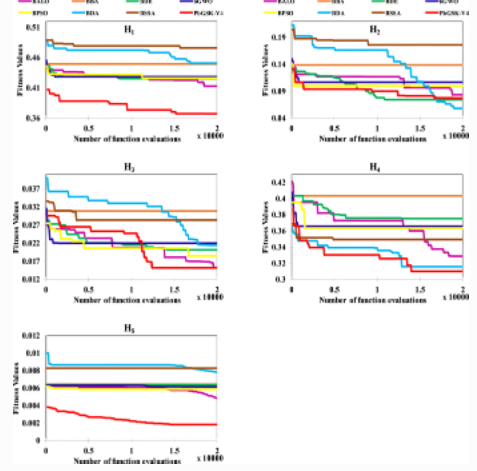
Alignment of minisatellite maps based on run-length encoding scheme
Subsequent duplication events are responsible for the evolution of the minisatellite maps. Alignment of two minisatellite maps should therefore take these duplication events into account, in addition to the well-known edit operations. All algorithms for computing an optimal alignment of two maps, including the one presented here, first deduce the costs of optimal duplication scenarios for all substrings of the given maps. Then, they incorporate the pre-computed costs in the alignment recurrence. However, all previous algorithms addressing this problem are dependent on the number of distinct map units (map alphabet) and do not fully make use of the repetitiveness of the map units. In this paper, we present an algorithm that remedies these shortcomings: our algorithm is alphabet-independent and is based on the run-length encoding scheme. It is the fastest in theory, and in practice as well, as shown by experimental results. Furthermore, our alignment model is more general than that of the previous algorithms, and captures better the duplication mechanism. Using our algorithm, we derive a quantitative evidence that there is a directional bias in the growth of minisatellites of the MSY1 dataset. © 2009 Imperial College Press.

